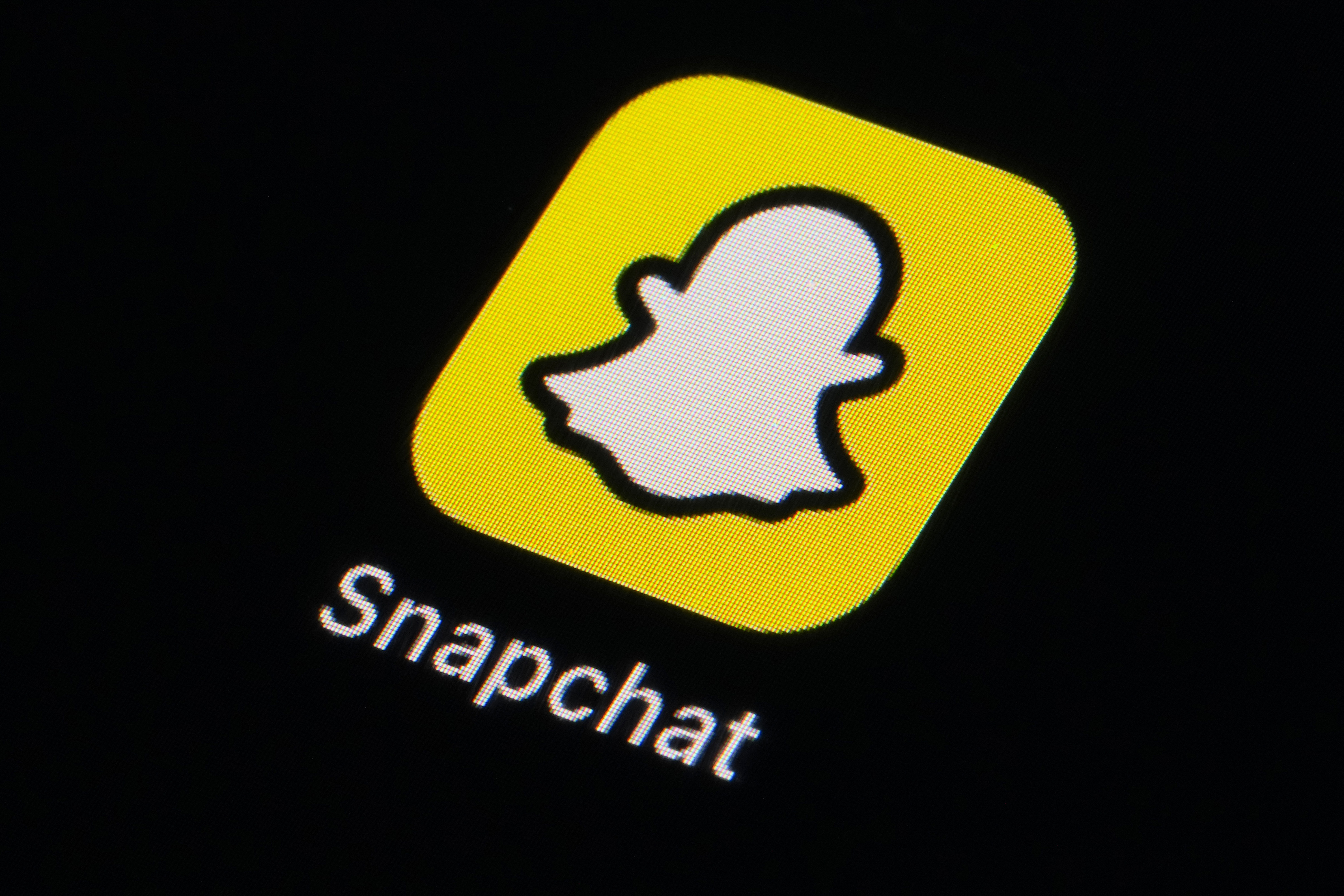People aren’t boosting their savings much even as wages rise and inflation slows.
Households socked away about 3.9% of their disposable income as of May, the latest federal data shows, down from 5.3% in May of last year, when consumer price increases and the job market were both running hotter. Today, the savings rate is back down to around its levels two years ago after falling from pandemic peaks north of 24%, and remains lower than the 7% range in 2019.
Blame it on steep living costs and high interest rates that have made it tough to save in an otherwise strong economy.

Get top local stories in Connecticut delivered to you every morning. Sign up for NBC Connecticut's News Headlines newsletter.
For the last three years, around 58% of U.S. adults have told Bankrate they’re uncomfortable with their emergency savings levels, up from 37% in 2018. And record shares say they’re trying to balance paying down debt and bolstering rainy day funds at the same time. That’s difficult when credit card interest rates are near all-time highs of 20% or more and as delinquencies pile up.
But as inflation cools, the job market remains sturdy and the Federal Reserve eyes a potential interest rate cut in coming months, many households could soon start to breathe easier. In the meantime, here’s where personal finance experts suggest looking for savings in your daily budget.
Negotiate lower bills and credit card rates
U.S. & World
Don’t assume big corporations won’t hear out requests for a little help, said Matt Schulz, chief credit analyst at LendingTree and the author of “Ask Questions, Save Money, Make More.”
“Most anything is at least worth trying to negotiate costs on,” he said. “You have more power over your money than you realize.”
That goes for banking too. Consumers who are managing to sock money away have been stashing it in high-yield accounts paying as much as 5% interest. (If you aren’t yet, now’s a great time to take advantage, before the Fed lowers rates.) And many banks have been eager to hang on to savers even if it costs more to keep them.
Businesses make more money when you stick around as a customer.
MATT SCHULZ, CHIEF CREDIT ANALYST AT LENDINGTREE
“Businesses make more money when you stick around as a customer,” Schulz said.
He pointed to a recent LendingTree report that found 76% of consumers who asked for a lower interest rate on one of their credit cards in the past year succeeded — about the same as last year but up from 70% in 2022. Those who did got an average of 6.5 percentage points shaved off their rates. Late fees are being waived at a four-year high, with 89% of those requests granted, the report found, up from 81% last year.
Schulz suggests applying this approach to your phone bill and utilities. There are even scripts available online if you’re nervous or unsure what to say, other experts suggested.
Zero percent balance-transfer cards are worth exploring, too, usually so long as you have a credit score of around 690 or higher, among other factors, NerdWallet says. Transferring existing credit card debt to a card with a 0% APR can spare you from hefty interest payments, even if only temporarily.
Review subscriptions and nonurgent allocations
Finished that show you’ve been watching? Giving up on learning that new language? Scrub those subscriptions and any others you don’t use.
Americans spend an average of more than $60 per month on four video streaming services alone, a recent survey by Deloitte found. Some streamers are still getting pricier. Spotify bumped its premium membership from $10.99 a month to $11.99 starting this month, and Max recently hiked its offerings, too. Its ad-free option went up by $1 to $16.99 a month.
“That can add up so quickly, since it’s something that’s happening every month, and sometimes we don’t even realize all of the services that we’re subscribed to,” said Kimberly Palmer, senior writer at NerdWallet.
Dig out those gift cards
While clearing out your monthly bills, try clearing out those gift cards you may have lying around. Almost half of U.S. adults are holding on to at least one unused gift card or store credit averaging $187 per person, up from $116 just three years ago, a Bankrate survey last year found.
The sums consumers leave on the table by neglecting to spend their gift cards are substantial enough to gain public officials’ notice. New York’s comptroller put out a reminder after the holidays last year, noting that balances turned over to the state’s unclaimed funds office after five years of inactivity totaled $27 million in 2023 alone.
If you have a bunch of gift cards for retailers where you don’t want to shop, you can usually sell them on third-party marketplaces for up to 85 cents on the dollar and pocket the cash.
Take energy costs into your own hands
Government data shows that energy costs, for things like electricity and gas, rose 4.3% in June over the year before. Extreme heat fueled by climate change has been forecast to push up home cooling costs nearly 8% this summer, for an average bill of $719 from June to September — a 10-year high.
Improving your energy efficiency can help lower your utility bill. The U.S. Department of Energy estimates Americans waste up to $400 a year from things like drafts or dated HVAC systems. To prevent money — and cool air — from going out the window this summer, consider getting a professional energy audit or doing one yourself to identify the inefficiencies in your home. The department recommends sealing up leaks, upgrading cooling systems, swapping out old light bulbs and dialing back your thermostat when you’re not home.
Plus, you may be using more energy for laundry or running the dishwasher by using those machines when rates are higher. Try doing so at off-peak hours like early morning or late at night, when utility companies may charge lower rates, Bank of America says.
Bonus: Tweak automated accounts to free up cash
If the above tips can help you convert more of your spending into savings, there may be times when it makes sense to do the reverse, said Kevin Mahoney, a Washington, D.C.-based financial planner who focuses on millennials.
Temporarily adjusting recurring allocations isn’t always a bad idea, he said. For example, if you automatically contribute 10% of your paycheck to your 401(k), is it worth dialing it down to 7% for a few months to boost your cash flow? Or do you have a redundant insurance policy you can drop during open enrollment?
“A lot of people are very nervous to do that because they feel like they’re doing the wrong thing, even if there’s a very good rationale for doing so when it’s temporary,” Mahoney said. “Maybe it’s related to child care costs or something housing-related,” like saving for a down payment or a new security deposit.
But he cautions that pulling back on savings to help fund other goals should be done thoughtfully when you’re “in this very specific period of time where certain costs are higher, and you can kind of see the finish line.”
This article first appeared on NBCNews.com. Read more from NBC News here:



